Puedes visitar mi exhibición “Metamorfosis, un nuevo ciclo” en su nuevo sitio web:
www.metamorfosis.habitat.com
You may visit my exhibit, “Metamorphosis: A New Cycle” at its new website:
www.metamorfosis.habitat.com 
Puedes visitar mi exhibición “Metamorfosis, un nuevo ciclo” en su nuevo sitio web:
www.metamorfosis.habitat.com
You may visit my exhibit, “Metamorphosis: A New Cycle” at its new website:
www.metamorfosis.habitat.com 
6ta BIENAL INTERNACIONAL WTA DE ARTE TEXTIL CONTEMPORANEO – “Aire”
Salón de Reciclaje en Arte Textil en Oaxaca – México
del 28 de mayo al 3 de junio de 2011
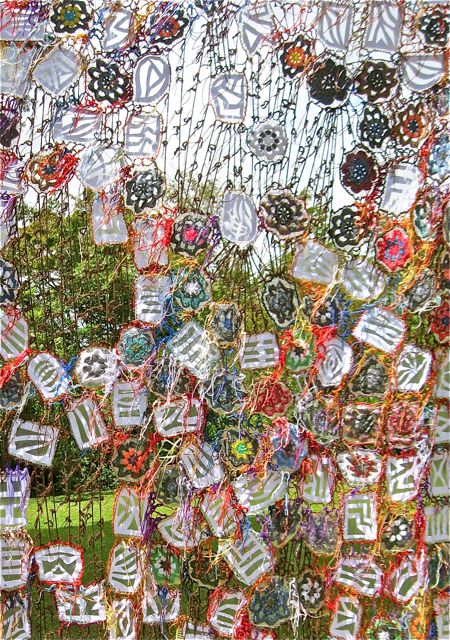
Salon for Reciclability In Textile Art – Oaxaca, Mexico
May 28 to Jun3 3, 2011
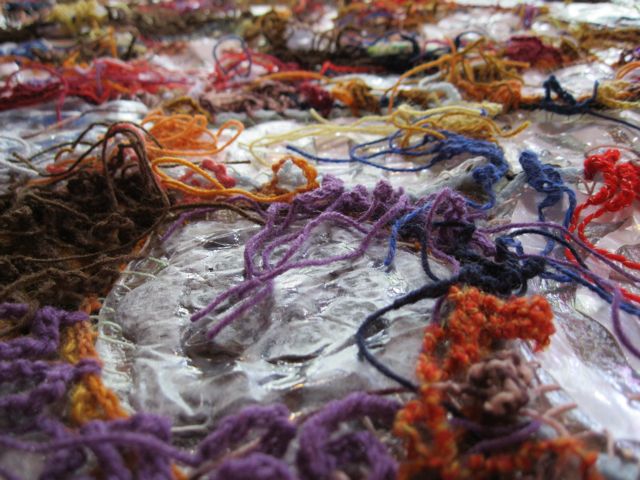
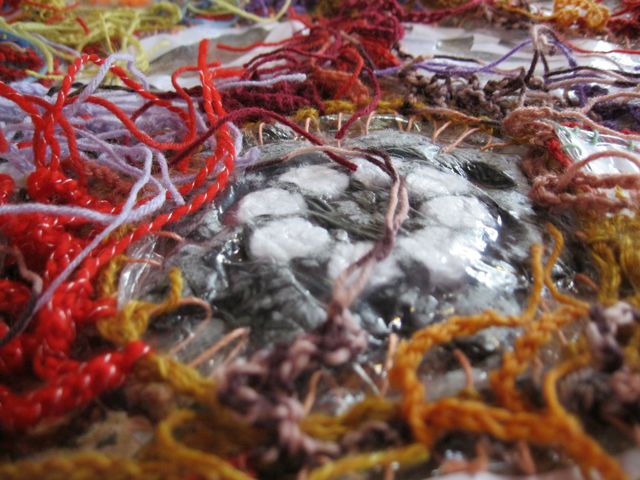
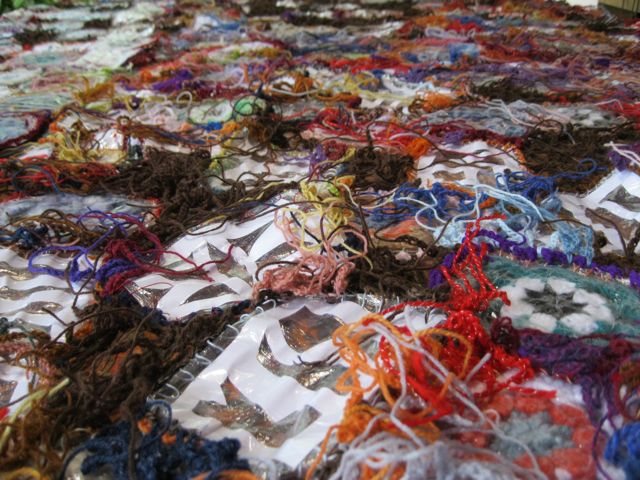
————————————–
http://www.flickr.com/photos/42189417@N06/sets/72157627290553097/?share=mail
———————————————————-
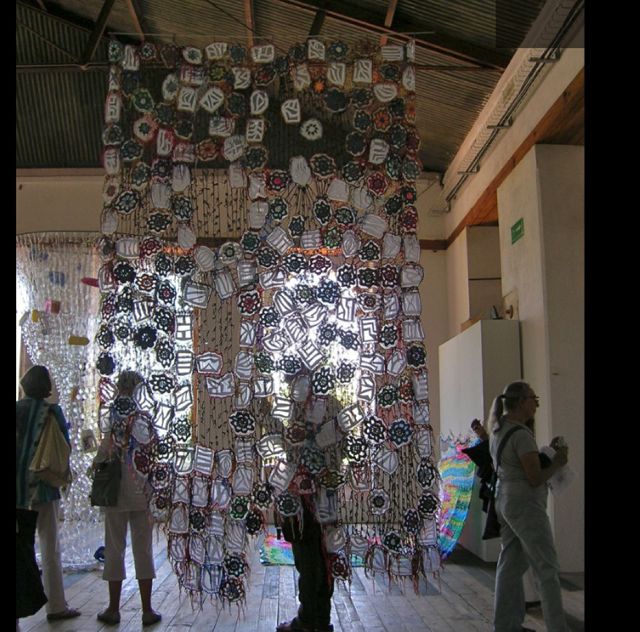
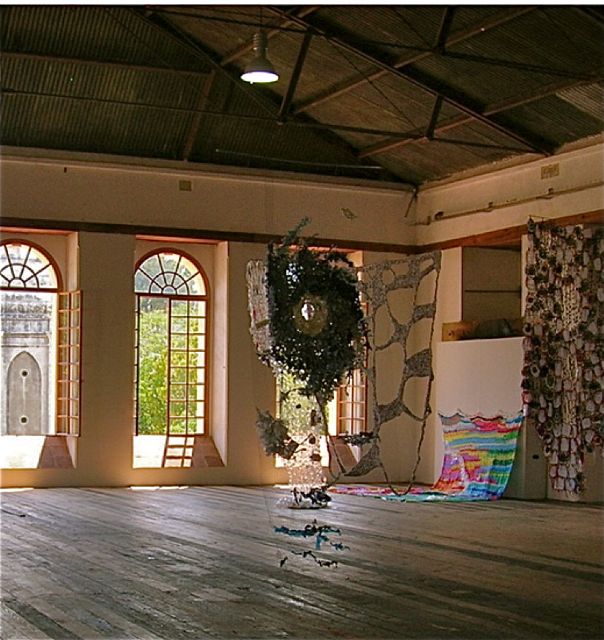
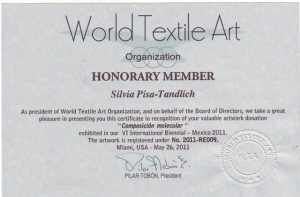
Como representante de la SDA (Surface Design Association) para Latinoamérica, he estado ocupada desarrollando un blog para este sector. Este blog presenta actividades de los miembros del grupo, noticias de la comunidad textil en general, lo mismo que una nueva categoria llamada Turismo Textil.
Invito a todos los y las creadoras textiles latinoamericanos a participar, por medio del envío de fotos y noticias. Me pueden enviar todo a: sdarep@galeriaoctagono.com
Para ver el blog: www.sdalatin.wordpress.com
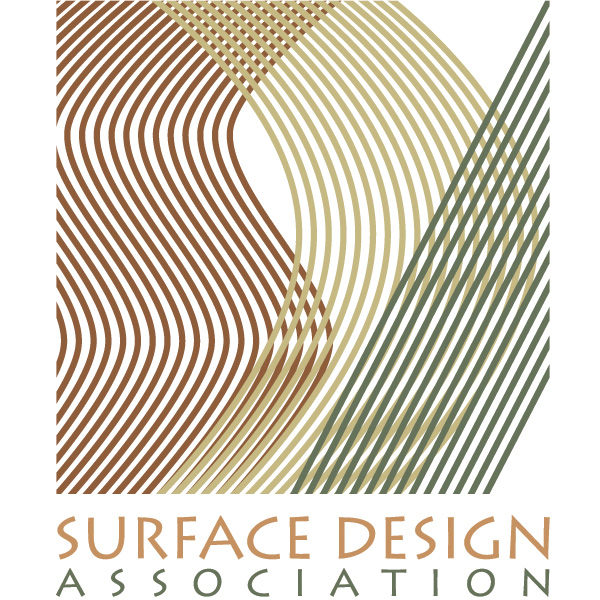
As the LatinAmerican Rep for the SDA (Surface Design Association), I’ve been busy developing a blog for this sector. The blog features group member activities, news about the textile community at large, and a new category called, Textile Tourism.
I hereby invite all LatinAmerican textile creators to send me photos and news to my address: sdarep@galeriaoctagono.com
Visit the blog: www.sdalatin.wordpress.com
ARTE HOY FERIA INTERNACIONAL – ARTE HOY FERIA INTERNACIONAL
Stand No. 122.
Miércoles 8, jueves 9, viernes 10, sábado 11 y domingo 12 de diciembre.
10:00am a 9:00pm
Avenida Escazú
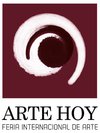
Stand 122.
Wed. 8th, Thurs. 9th, Fri. 10th, Sat. 11th, and Sun 12th of December.
10:00am to 9:00pm
Avenida Escazú, Costa Rica
Arte: ¡al rescate! / Art: To the rescue!
He aquí los “guardachunches” que estoy haciendo.
Here I show the junk holders I’m making.
Cada uno tiene un tema diferente. Me toma unas 10 horas terminar cada recipiente, pero tienen una apariencia muy especial.
Each bears a different theme. It takes me about 10 hours to finish each holder, but their appearance is very special.
El Museo Nacional me ha estado guardando los cartones del papel higiénico. Los sábados trabajo con mi Colectiva Cerro Danta y con los chicos, he convertido los cartones en lapiceras. Los estamos vendiendo rellenos de chocolates, pues son buenos regalitos ahora que se avecinan las Fiestas de fin de año. ¡Reserve los suyos con tiempo!
The National Museum has been giving me the inner cartons of toilet paper rolls. On Saturdays I work with my Cerro Danta Collective. The kids and I have turned rolls into pencil holders, which we’re selling stuffed with chocolates. They make very good gifts for the Holidays. Reserve yours early!
Este ha sido uno de los ejercicios más exitosos en desarrollo y expresión de creatividad.
This has been one of the most successful exercises in creativity development and expression.
 La Colectiva observó varias de las máscaras Borucas de Silvia, las cuales son monocromáticas.
La Colectiva observó varias de las máscaras Borucas de Silvia, las cuales son monocromáticas.
The Collective observed some of Silvia’s Boruca masks, which are monochromatic. 
Tres horas más tarde, las siguientes máscaras habían salido de este proyecto:
Three hours later, the following masks had come out of this project:
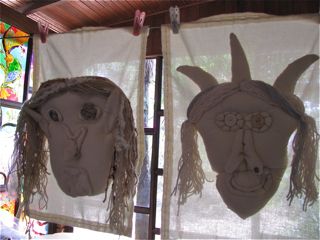
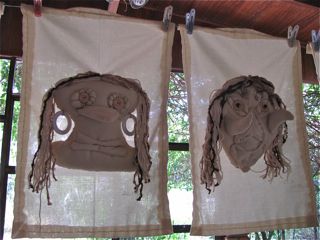
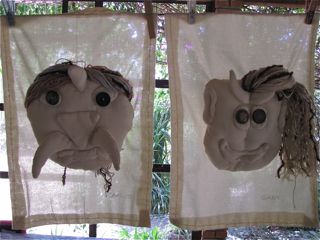
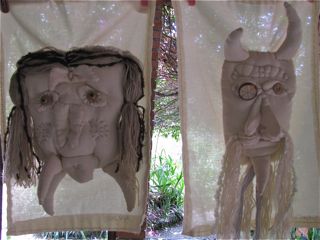
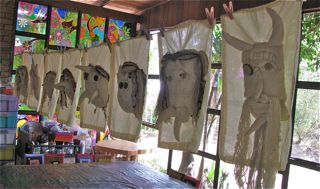
——————————————————
ESTAS MASCARAS ESTAN EN EXHIBICION EN EL MUSEO NACIONAL DE COSTA RICA HASTA EL 26 DE SETIEMBRE DE 2010.
THESE MASKS ARE ON EXHIBITION AT THE NATIONAL MUSEUM OF COSTA RICA UNTIL SEPTEMBER 26, 2010.
Hace un año, el Instituto Nacional de las Mujeres (INAMU) de Costa Rica http://www.inamu.go.cr/
contrató a mis amigas artistas costarricenses Ana Isabel Barrientos (artista visual con especialidad en diseño) y Adriana Ramírez (artista textil especializada en desarrollo Indígena sostenible), para que ofrecieran una capacitación a cinco pueblos Indígenas Ngöbe-Guaymí de la zona sur del país.
Como parte de esta capacitación, han llevado sus piezas a exhibición y venta, para así entrenarse en destrezas de mercadeo. Hoy, cinco de ellas visitaron la Galería Octágono, acompañadas de sus instructoras y una representante del INAMU.
Esta visita fue un encuentro sumamente importante desde el punto de vista textil, pues el grupo de ellas y mi grupo (Colectiva de Mujeres Cerro Danta), compararon notas en cuanto a diseños y técnicas utilizadas, ampliando horizontes y alimentándose mutuamente de la creatividadad de cada quien. Pero igualmente importante ha sido el aspecto humano, pues en nuestra provincia de Heredia donde vivimos —al norte de la ciudad capital de San José— se acostumbra observar mujeres Guaymí pidiendo limosna, lo cual inspira un sentimiento general de lástima. Hoy, sin embargo, tanto nosotras como los dos niños de mi Colectiva que pudieron acompañarnos, nos deleitamos viendo y comprando tapices bordados en mastate, bolsos tejidos con los dedos usando camisetas (remeras) desechadas, e innumerables muñecos y animales de tela y de mastate, todo exquisitamente bordado y decorado.
El mastate es una fibra que estas mujeres sacan de la corteza de ciertos árboles del género Castilla, procesada hasta convertirla en una especie de membrana, la cual bordan y pintan con tintes naturales. Estas telas de corteza son comúnmente usadas en todo el ámbito de las Américas equinocciales donde crecen árboles dicotiledoneos diversos (mientras que al sur de la línea ecuatorial y al norte del Trópico de Cáncer son más usados los tejidos de lana animal).
Muchos de los pueblos Guaymí provienen de Panamá y poco a poco se han asentado en lugares remotos e inhóspitos al sur de Costa Rica, donde a veces sufren de pobreza extrema debido a a la falta de comunicación geográfica con el resto de la región.
El proceso de capacitación que Ana y Adriana tuvieron que implementar es sumamente interesante y complejo, comprendiendo desde el aprendizaje de conceptos básicos sobre color, pintura y formato, hasta la buena presentación del trabajo.
A year ago, the National Institute for Women (INAMU) http://www.inamu.go.cr/ in Costa Rica, hired my friends and artists, Ana Isabel Barrientos (visual artist specialized in design), and Adriana Ramírez (textile artist specialized in sustainable Indigenous development), to offer training to five Indigenous Ngöbe-Guaymí groups in the southern part of the country.
As part of this training they have taken their pieces to exhibition and sale in order to develop marketing skills. Today, five of them paid a visit to Galería Octágono along with their instructors and a representative from INAMU.
This visit was a very important encounter from the textile point of view, because their group and my group (Cerro Danta Women’s Collective), compared notes with respect to designs and techniques utilized, thereby broadening horizons and feeding on each other’s creativity. But equally important was the human aspect since in our province of Heredia—where we live, north of the capital city of San José—we can see some Guaymí women begging, which generally inspires pity. This time, however, we and the two children that where present really enjoyed admiring and buying tapestries embroidered over mastate, bags woven with their fingers using discarded T-shirt material, and an assortment of dolls and animals in fabric and mastate—all exquisitely embroidered and embellished.
Mastate is a fiber that women make out of the bark of certain trees of the genus Castilla, processed to turn it into a membrane, which they embroider and paint with natural dyes. These bark cloths are commonly used throughout the equinoctial Americas, where diverse dicotyledon trees can be found (as opposed to locations south of the equator, or north of the Tropic of Cancer where animal wool knits are more commonly found.)

Many Guaymí groups come from Panama, and have settled little by little in remote and/or inhospitable areas in the Costa Rican south, where they sometimes endure extreme poverty due to lack of geographic communication with the rest of the region.
The training process Ana and Adriana had to implement is very interest and complex, comprising everything from basic concepts about color, paint, and format, to good work presentation.
Iniciamos la tercera obra para la Plataforma del Museo Nacional. Cada módulo lleva el nombre de alguno(a) de los integrantes de la Colectiva, y cada integrante lo decora y desarrolla a su manera, hasta formar una máscara. ¡Solamente se puede “pintar” con hilos, lanas y abalorios!
La cámara está rota, así que hay que esperarse un poco antes de mostrar todos los módulos, los cuales francamente quedaron muy hermosos (hice estas fotos con el scanner…).
We started the third work for the National Museum Platform. Each panel bears the name of a member of the Collective, and each member decorates and develops it his or her own way—until forming a mask. We can only “paint” with threads, yarns, and beads!
The camera is broken, and we must wait a while before showing all the panels, which frankly, came out really nice (I made these photos with the scanner…)
—————————————————
ESTE PROYECTO ESTA EN EXHIBICION EN EL MUSEO NACIONAL DE COSTA RICA HASTA EL 26 DE SETIEMBRE DE 2010.
THIS PROJECT IS ON EXHIBITION AT THE NATIONAL MUSEUM OF COSTA RICA UNTIL SEPTEMBER 26, 2010.